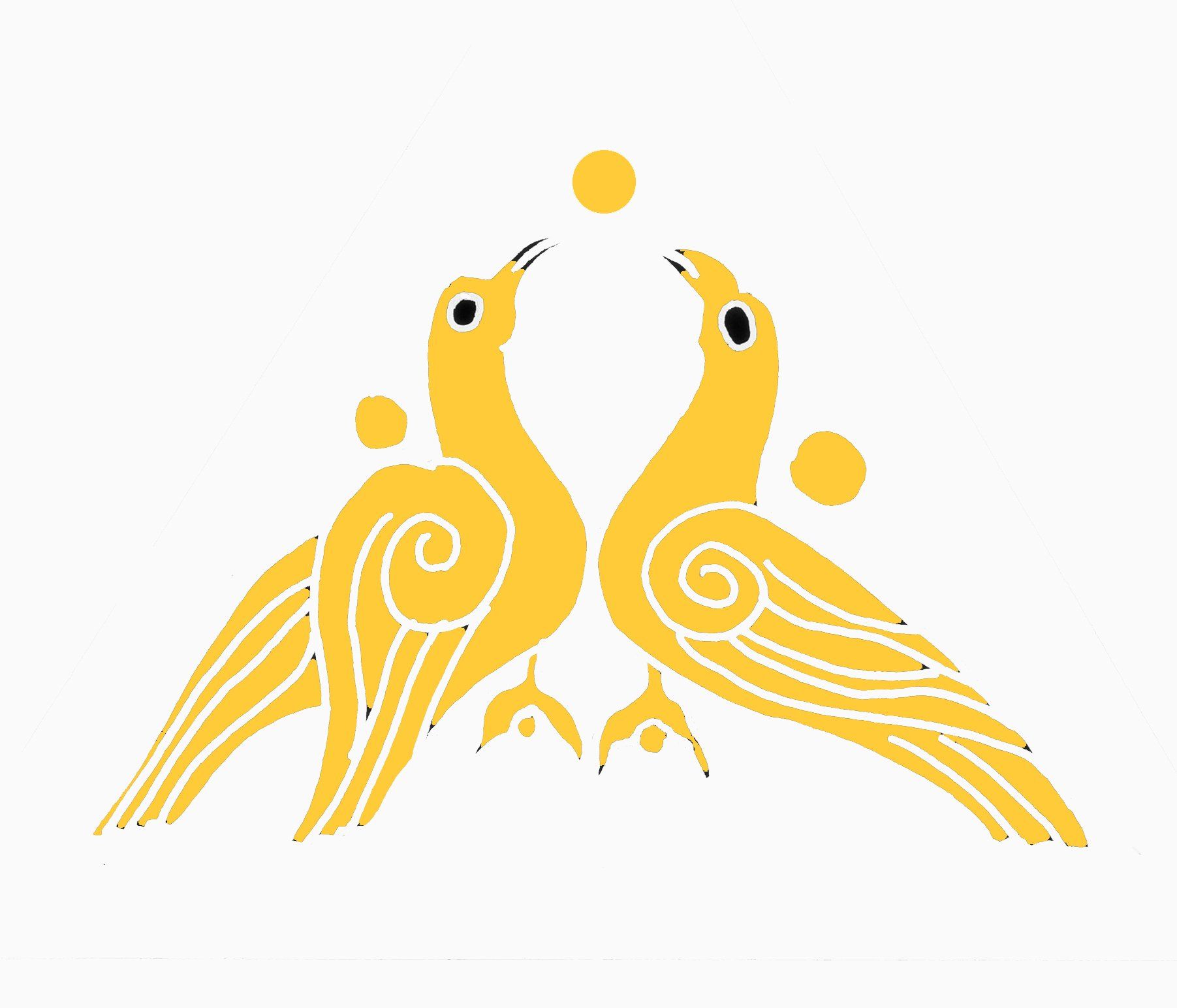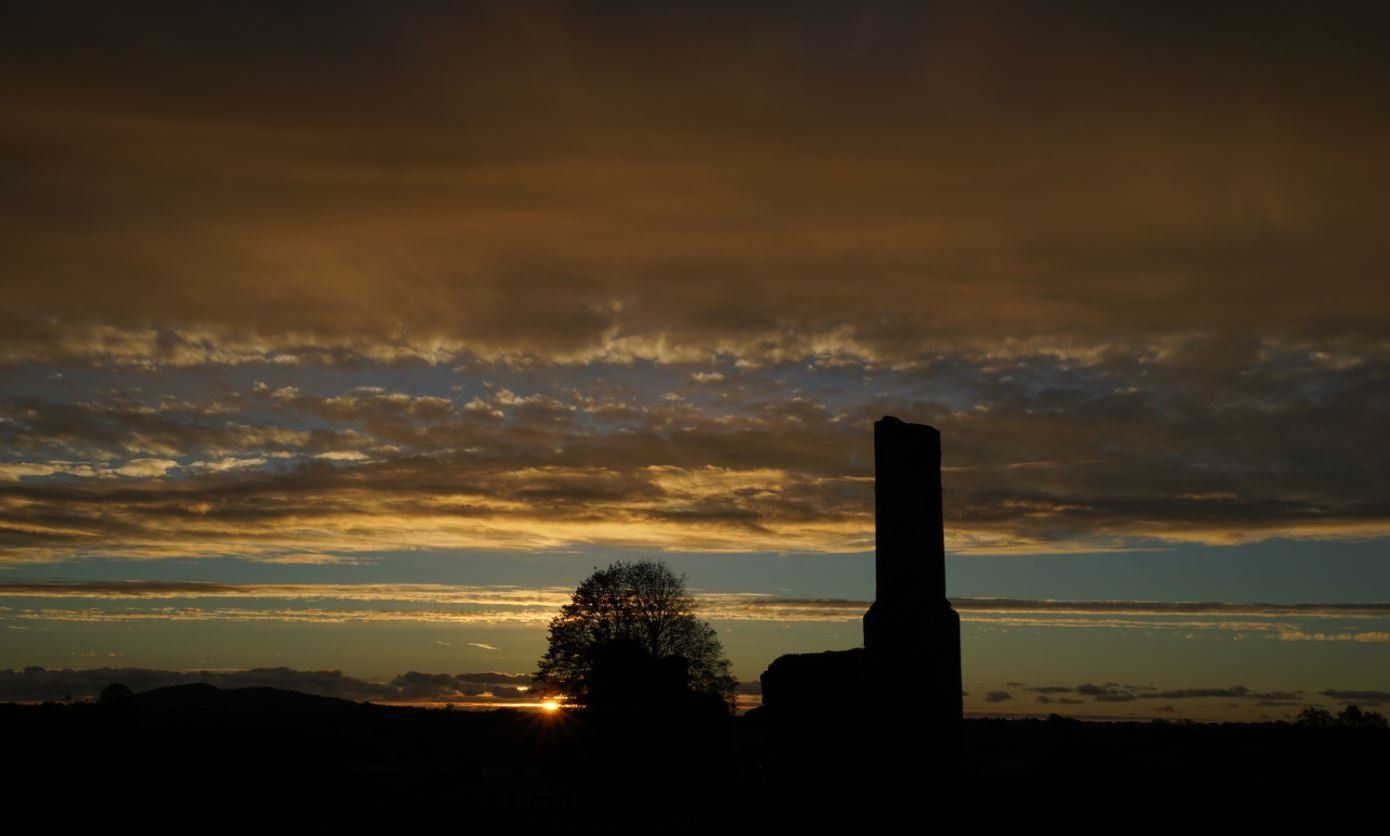1152 - the abduction of Derbforgaill
The death of king Máel Mórda mac Murchada at the Battle of Clontarf
in 1014 had left a power vacuum in Leinster. This resulted in the rise of the Uí Chennselaig that had previously been constrained to modern-day Wexford. The most successful of the new Uí Chennselaig kings of Leinster was Diarmaid mac Máel na mBó (died 1072), who attempted to emulate Brian Boru’s high-kingship of Ireland. Like Brian Boru and the Uí Briain, the Uí Chennselaig were previously a minor family in Leinster politics, but would now become a major family on the national stage. Indeed, there were links between the two families. As a boy, Brian Boru’s grandson, Toirrdelbach Ua Briain, was fostered by Diarmaid mac Mael na mBo.
Diarmaid mac Máel na mBó fell short of achieving his ambition as high-king. He did, however, have a role to play in England’s equivalent of the Battle of Clontarf, the Battle of Hastings (1066), in that he gave refuge to Godwine and Edmund, sons of Harold Godwinson, the last Anglo-Saxon king of England, in the aftermath of his defeat at the hands of William the Conqueror during the Norman conquest of England. Diarmaid even supplied them with ships in their unsuccessful attempt to regain the English crown. A century later, the roles were reversed, and as we shall see his great grandson Diarmaid Mac Murchadha would look to William the Conqueror’s descendant, Henry II, for assistance in realising his own royal ambitions in Ireland.
Diarmaid Mac Murchadha was allegedly born in 1110 at Ferns in north Wexford, the traditional seat of the Uí Chennselaig kings. Only five years later his father was killed at Dublin fighting against a combination of Domnall Ua Briain, the king of north Munster, and the Norse of Dublin. Diarmaid’s older brother Eanna took the throne but was killed in 1126. Diarmaid, still a boy of about 15, was his successor. Toirrdelbach Ua Conchobhair, the most powerful king in Ireland was reluctant to support such a young boy, and others were quick to take control of the kingship of Leinster. However, within a few years Diarmaid Mac Murchadha had secured his position in Leinster, and by now had earned a ruthless reputation. According to one contemporary source, Diarmaid Mac Murchadha appears to have been his own worst enemy; ‘a man who preferred to be feared by all rather than loved by any’.
By the 1140s, Diarmaid had firmly entered the national political stage, and now established an alliance with Toirrdelbach Ua Conchobhair, still the most powerful king in Ireland, though with increasing opposition from many parts of the country. In 1151, Diarmaid assisted Toirrdelbach in ousting his namesake, Toirrdelbach Ua Briain, a pretender to the kingship of Munster, in what became known as the battle of Móin Mór in Cork, at which 7000 men were reputedly slain. Despite the victory, within a few months Toirrdelbach faced an even stronger challenge from the north in the form of Muirchertach Mac Lochlainn, king of Cenél nEógain in west Ulster, who appears to have re-established the family’s royal seat at the Grianán of Aileach in Donegal. A year after the Battle of Móin Mór, Toirrdelbach Ua Conchobhair, Muirchertach Mac Lochlainn and Diarmaid Mac Murchadha joined forces to reinstate Murchad Ua Máel Sechnaill as king of Mide, and eject Tighearnán Ua Ruairc, king of Breifne, who had taken control of its northern lands. In many ways this was simply another event in the continuous struggle for power, but at the centre of this episode was an extraordinary woman.
Derbforgaill, daughter of Mór, was the granddaughter of Muirchertach Ua Briain, who had donated the Rock of Cashel to the church in 1101. Her father was Murchad Ua Máel Sechnaill, who ruled over the kingdom of Meath from 1106 to 1153, though not without interruption. Her older sister Orlaith had been married to Toirrdelbach Ua Conchobhair, before she died in 1115. In 1147 her father had founded Bective Abbey as a daughter house of Mellifont. Derbforgaill herself gifted a gold chalice and 60 ounces of gold to Mellifont Abbey
when it was consecrated in 1157. Eventually she would retire to Mellifont in 1186, where she died seven years later.
With royal blood deep in her veins, Derbforgaill would naturally have been expected to marry royalty. As a young woman she married Tighearnán Ua Ruairc, king of Breifne, a territory that included much of modern-day counties Cavan, Leitrim and Longford. In 1152, Tighearnán took control of the adjoining lands of Mide, lands naturally claimed by his wife’s father as king of Mide. When Tighearnán was ejected from these lands by the overwhelming alliance of Toirrdelbach Ua Conchobhair, Muirchertach Mac Lochlainn and Diarmaid Mac Murchadha, Derbforgaill went south to Leinster with Diarmaid. It is not clear if she was abducted by Diarmaid, or perhaps followed him willingly to protest her husband’s treatment of her father. In a curious twist in the tale, a year later Toirrdelbach Ua Conchobhair, marched into Leinster and forced Diarmaid to return Derbforgaill to her husband. Despite this, Tighearnán Ua Ruairc never forgave Diarmaid and, not for the first or last time, the bitter enmity between two men would have a major impact on future events that shaped Irish history.
While Diarmaid Mac Murchadha had earned himself a reputation as a ruthless leader, like so many other Irish kings of this period, he was equally generous when it came to the church. He appears to have developed a friendship with St Malachy, and in 1148 founded a Cistercian Abbey at Baltinglass, Co. Wicklow, which became a daughter house of Mellifont founded by St Malachy in 1142. We have already seen how Malachy was greatly inspired by the Cistercian’s at Clairvaux, but less well-known is the fact that he also became equally motivated by the Augustinian canons. During his visit to Rome in 1140, Malachy visited Arrouaise in Flanders, where he stayed at a newly established order of Augustinian canons. When he returned to Ireland, Malachy established a number of Augustinian churches. In particular, he enlisted the support of Diarmaid Mac Murchadha to introduce the Augustinian order in Leinster. Diarmaid also helped secure the promotion of his wife’s brother, Lorcán Ua Tuathail, to the position of archbishop of Dublin in 1162, around the same time that he founded an Augustinian Abbey at Ferns, Co. Wexford, close to his royal seat. Unlike the Cistercian monks who detached themselves from worldly affairs behind the closed doors of their abbeys, the Augustinians were more focused on pastoral cares. As such, the Augustinians became popular throughout Ireland with kings who wanted religious men by their side. It wasn’t long before Diarmaid Mac Murchadha owed the Augustinians of Ferns his life.



